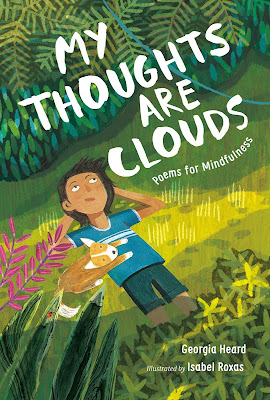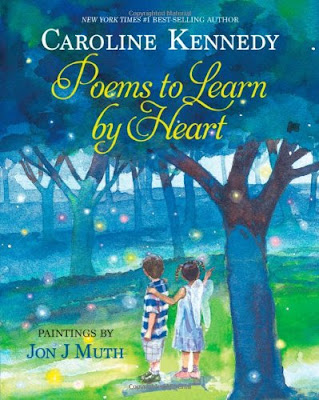The Tale of Peter Rabbit
Bibliography:
Potter, Beatrix. The Tale of Peter Rabbit. London: Frederick Warne & Co., 1902. ISBN 9780723247708Plot Summary:
Little Peter Rabbit, being curious and a bit mischievous, ignores his mother’s warnings to stay out of Mr. McGregor’s garden while she is out for the day, lest they be caught and turned into a pie by Mrs. McGregor (as had their father). While his well-mannered siblings pick berries, Peter wriggles under the gate into McGregor’s garden and feasts on vegetables. After he is full, he crosses paths with Mr. McGregor who promptly chases him with a rake throughout the garden. Peter can’t seem to find the gate where he entered, and being tangled in a gooseberry net, starts to lose hope when a group of friendly sparrows entreat him to keep trying to escape. After several close calls with Mr. McGregor and a few encounters with other animals in the garden, Peter spots the gate and makes a run for it. With Mr. McGregor close behind, Peter escapes the garden and returns home, exhausted and without his little jacket and shoes. He collapses in the family burrow, and his mother puts him to bed while his well-behaved siblings eat a nice meal of bread, milk, and blackberries.Critical Analysis:
It is easy to see why The Tale of Peter Rabbit has become such a cherished book since its publication in 1902. Originally written as an illustrated letter to a sick child, Peter Rabbit delights readers with an equally comforting and harrowing tale of curiosity and survival. Readers identify with the mischievous rabbit who finds himself in a terrible situation. In his encounters with other animals in the garden, Peter has to decide whom he can trust for help. The sparrows offer much needed encouragement; however, Peter thinks better of asking the cat for help since he has heard about cats from his cousin. Like many classic adventure tales, Peter finds himself lost in a strange place, depending on the kindness of strangers, experiencing moments where all hope seems lost, and he ultimately returns to the safety and comfort of home.Beatrix Potter’s delicate watercolor illustrations bring the characters to life, balancing a natural, realistic appearance with an endearing humanlike quality. When Peter loses his jacket and shoes in the garden, Mr. McGregor makes a tiny scarecrow to scare off the blackbirds; humorously, the illustrations depict a trio of blackbirds encircling the little scarecrow, not in the least bit intimidated. Potter’s whimsical language (“lippity-lippity” and “Kertyschoo!”) makes for a delightful read-aloud experience. The elegant balance between the text and illustrations represented a breakthrough in the art of picture books, and it’s no surprise that Peter Rabbit remains one of the most celebrated and best-selling picture books to date.
Review Excerpts:
In 2001, Publisher’s Weekly recognized The Tale of Peter Rabbit as the #2 bestselling children’s books of all time. According to Dr. Sylvia Vardell, “This gem of a book is the ‘gold standard’ for picture book creation, with the perfect marriage of illustration and text, beautifully conceived and produced, told simply and directly, but with clever phrasing and language.”Connections:
Gather other works of Beatrix Potter:- The Tale of Squirrel Nutkin. ISBN: 0723247714
- The Tale of Jemima Puddle-Duck. ISBN: 9780723247784
- Potter, Beatrix. La historia de Peter Rabbit (Spanish Edition). ISBN: 8833464946
- Brown, Margaret Wise. The Runaway Bunny. ISBN: 0061074292




Comments
Post a Comment